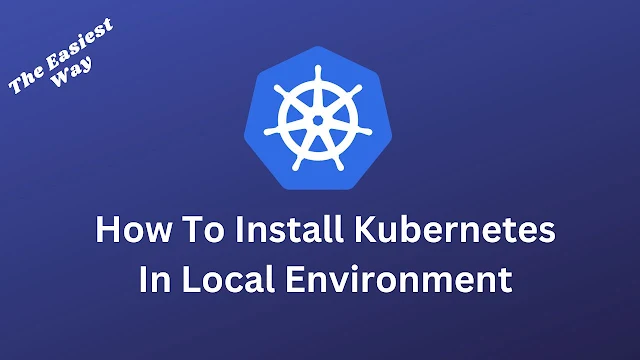Introduction: Are you eager to harness the power of Kubernetes for local development? Look no further! In this comprehensive guide, we'll walk you through the process of installing Kubernetes in your local environment using Kind (Kubernetes in Docker). By the end of this tutorial, you'll have a fully functional Kubernetes cluster running smoothly on your machine.
Why Kind?
Kind simplifies the setup of Kubernetes clusters by leveraging Docker containers, making it an ideal choice for local development environments. It provides a lightweight and efficient way to emulate a Kubernetes cluster, ensuring a hassle-free experience for developers.
Download 10+ DevOps Books That You Must Read
Prerequisites:
Before diving into the installation process, make sure you have the following prerequisites in place:
- Linux OS
- Docker installed on your machine.
- A terminal or command prompt for executing commands.
Step 1: Install Docker
If you haven't installed Docker yet follow this instruction to install
Step 2: Install Kind
Now, let's install Kind using a package manager or by downloading the binary directly. Open your terminal and execute the following commands:
For Linux:
curl -Lo ./kind https://kind.sigs.k8s.io/dl/v0.11.1/kind-linux-amd64
chmod +x ./kind
sudo mv ./kind /usr/local/bin/kindsudo snap install kubectl --classic
Step 3: Create a Kind Cluster
With Kind installed, creating a Kubernetes cluster is a breeze. Execute the following command:
kind create cluster --name my-local-cluster
This command will download the necessary Docker images and set up a Kubernetes cluster named "my-local-cluster."
Step 4: Verify Your Cluster
Ensure your cluster is up and running:
kubectl get po --all-namespaces
If you can see pod list and status then Congratulations! You've successfully installed Kubernetes locally using Kind. Now, you're ready to deploy, test, and experiment with your applications in a Kubernetes environment right on your machine.
10+ DevOps Books That You Must Read
Step 5: Watch Full Video
Conclusion:
In this tutorial, we covered the seamless process of installing Kubernetes locally using Kind. This setup empowers developers to iterate and test their applications in a Kubernetes environment without the complexity of managing a full-scale cluster. Embrace the power of Kubernetes for local development and supercharge your workflow with Kind!

0 comments:
Post a Comment